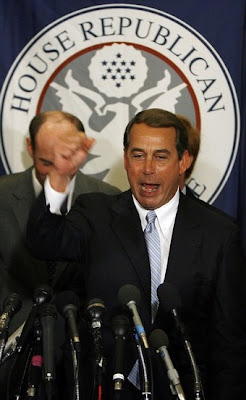I found this to be especially profound while also being “duh” kind of thought process that is often lost amongst our population. The article has been partially reposted from CEOs for Cities…
After an interview on WAMU’s Kojo Nnamdi show Thursday, I started thinking again about this idea of America as a “metro nation.” I was on first with guest host Rebecca Roberts, followed by Amy Liu of Brookings, where the idea of regionalism has been pushed hard for the past couple of years.
The concept of regionalism is smart on its face. Economies are regional, we count people at a metro level, air and water issues transcend political boundaries, and, in a perfect world, major amenities — and their cost — are shared regionally.
But no one should be agnostic about where development occurs in a region. Metro regions all across America are littered with the inevitable consequence of that kind of thinking. Let the city core thin out (sucking its vibrancy in the doing) and spread development thinly across the landscape (which never quite becomes vibant). There. You have the worst of both worlds.
When regionalism asserts the centrality of the anchor city and the need to build its vibrancy through renewal, then regionalism makes sense. But too often, the execution of regionalism means the central city gives and gives (and pays and pays), while the suburbs live off the jobs, amenities and identity provided in cities (or, for that matter, another suburb) without paying a dime.
Continue reading the article at: http://www.ceosforcities.org/blog/entry/2084


